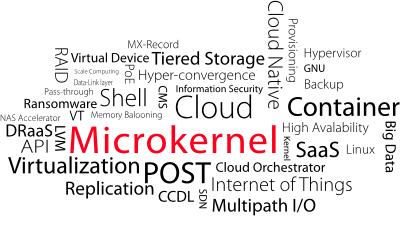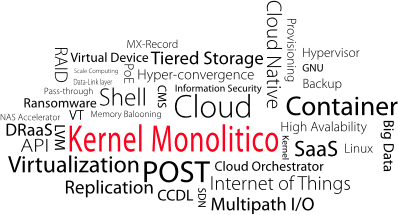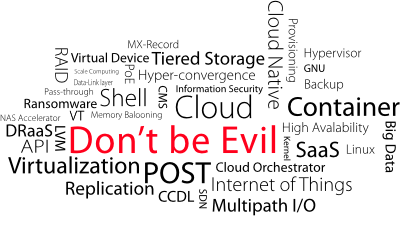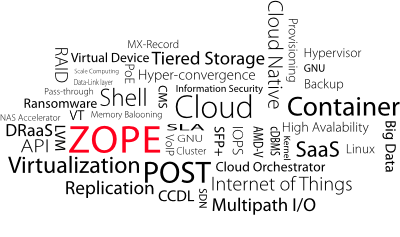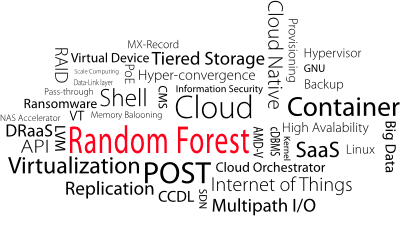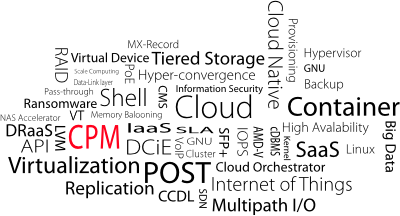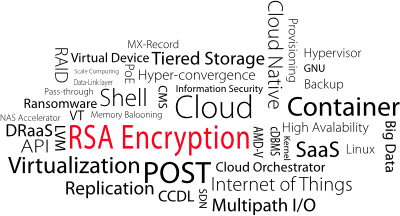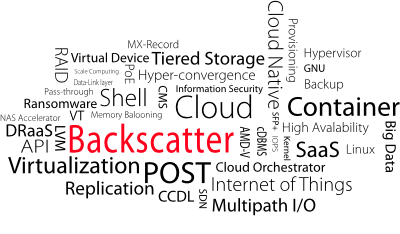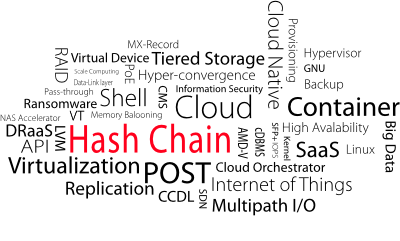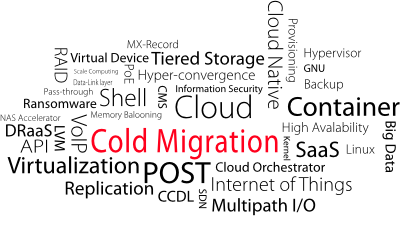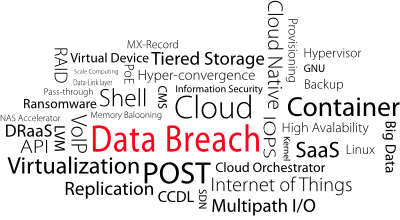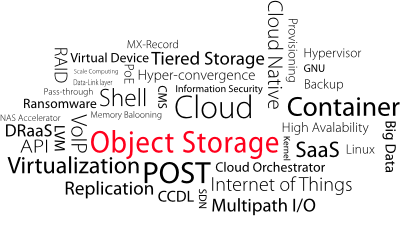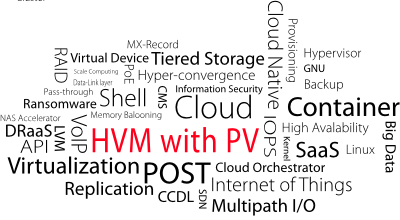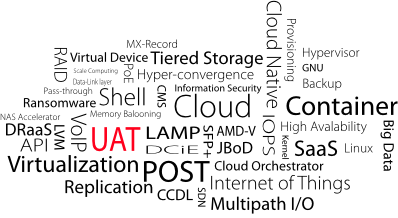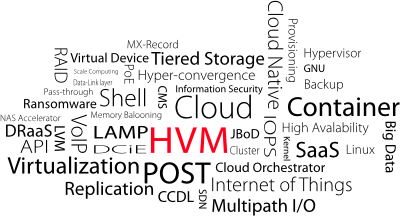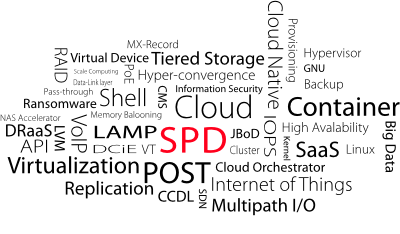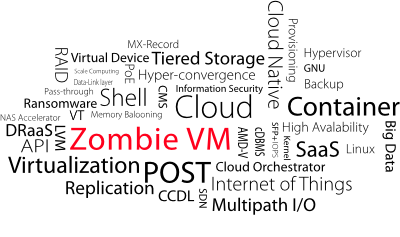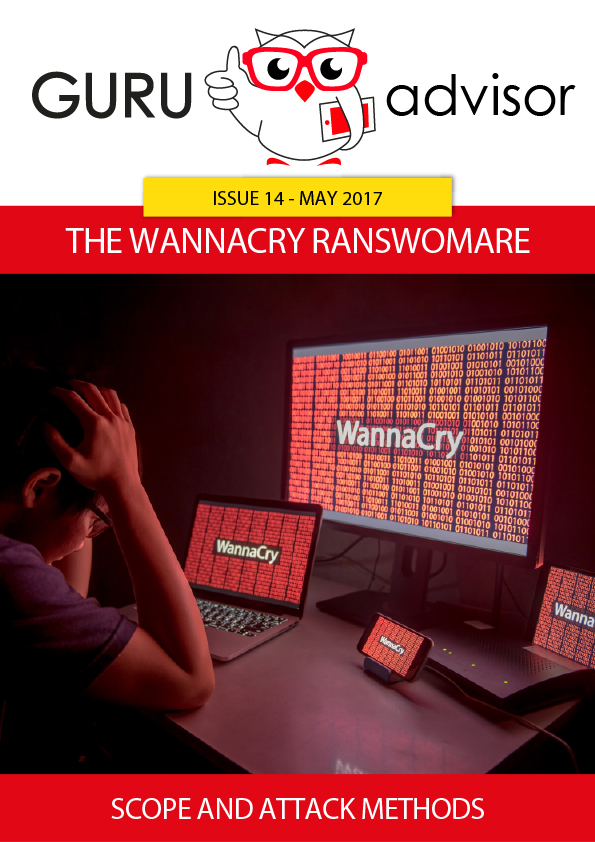- Details
-
Category: Word of the Day
-
Published: Tuesday, 31 October 2017 13:30
-
Written by Lorenzo Bedin
The term Microkernel indicates a certain code (or software) that maintains the least number of functions and instructions to implement an operating system. A microkernel must be able to handle basic mechanisms of the system, thus having a flexible base to build the entire operating system upon.
- Details
-
Category: Word of the Day
-
Published: Tuesday, 31 October 2017 13:30
-
Written by Lorenzo Bedin
The term monolithic kernel refers to that part of the operating system that manages a complete access to I/O devices, memory, hardware interrupts and CPU stack. This type of kernel tends to be larger than other typologies, because it integrates many functions at the same level.
A monolithic kernel is at the basis of operating systems like Unix, Linux, macOS and DOS.
- Details
-
Category: Word of the Day
-
Published: Monday, 30 October 2017 13:30
-
Written by Lorenzo Bedin
Don't be Evil is an internal Google standard conceived by Paul Buccheit and Amit Patel with the goal of promoting a corporate culture where client satisfaction and long term benefits are to be preferred to short-term profit.
- Details
-
Category: Word of the Day
-
Published: Friday, 27 October 2017 13:30
-
Written by Lorenzo Bedin
ZOPE is the acronym of Z Object Publishing Environment and indicates an open source Web Server developed in Python, which allows developers to craft Web applications. The platform comes with all basic components already installed and it's structured in such a way to store templates, scripts and contents database in a single solution.
- Details
-
Category: Word of the Day
-
Published: Thursday, 26 October 2017 13:30
-
Written by Lorenzo Bedin
The term Random Forest refers to a construct used in Artificial Intelligence and Machine Learning. Specifically, it's a set of decision trees that outputs the sum of single trees.
- Details
-
Category: Word of the Day
-
Published: Thursday, 26 October 2017 13:30
-
Written by Lorenzo Bedin
The term Bezel describes the external chassis of a computer, monitor or other device. The valutation of the bezel's size is fundamental when designing the object and when the users uses it, like in the case of tablets, smartphones and mobile devices.
- Details
-
Category: Word of the Day
-
Published: Wednesday, 25 October 2017 13:30
-
Written by Lorenzo Bedin
The acronym CPM, which stands for Critical Path Method, is an algorithm to plan and schedule objects that have several activities and require complex and dependant interactions. This tool is very useful to catalog critical tasks and minimize conflicts and bottlenecks.
- Details
-
Category: Word of the Day
-
Published: Wednesday, 25 October 2017 13:30
-
Written by Lorenzo Bedin
RSA cryptography is a data cryptography technique developed by RSA Data Security that leverages a public key system. The system itself relies on the complexity to factor very large prime numbers, even with humongous computational resources. On the other hand, with the public key-private key pair, the encryption/decryption process can be very fast.
RSA is the standard used to encrypt data with public keys, in particular with Internet.
- Details
-
Category: Word of the Day
-
Published: Tuesday, 24 October 2017 13:30
-
Written by Lorenzo Bedin
Green Computing refers to the eco-friendly and responsible usage of computers. In practical terms, this concepts is about the study, planning and realization of computing environments and devices that minimize their environmental impact.
- Details
-
Category: Word of the Day
-
Published: Monday, 23 October 2017 14:34
-
Written by Guru Advisor
The term Stream Cipher describes a data encryption technique where all bits that represent a clear text are processed in an independet manner, using diferend encryption keys from time to time. This pseudo-random encryption technique is also known as "state cipher" and can use an infinite number of "cipher digits" for each key.
- Details
-
Category: Word of the Day
-
Published: Monday, 23 October 2017 13:30
-
Written by Lorenzo Bedin
The term Backscatter describes an unwanted effect related to spam emails which involves the email server to generate error emails as a consequence of the failed attempt to send spam emails with addresses of unaware users due to a hacked situation. The most common case is to receive error message like "can't deliver the message..", even if the user hasn't purposely sent the email.
- Details
-
Category: Word of the Day
-
Published: Monday, 23 October 2017 12:34
-
Written by Guru Advisor
The term Hash Chain describes an encryption mode where a ciphering function (or hashing, indeed) is applied several times on a set of data. This technique is very useful in situations where you want to avoid to identify the original set of data.
- Details
-
Category: Word of the Day
-
Published: Tuesday, 16 May 2017 17:34
-
Written by Guru Advisor
The term Cold Migration can be used when talking about virtualization or in a general context with any IT system that has to be migrated from an infrastructure to another. Specifically, the adjective Cold is used to precise that the operation must be done with a powered off system, be it a physical server or a Virtual Machine.
- Details
-
Category: Word of the Day
-
Published: Monday, 15 May 2017 17:34
-
Written by Guru Advisor
The term Data Breach indicates a situation where data is leaked or stolen from an IT infrastructure, as in hacking attack to servers, databases, etc.. This term describe a large number of cases ranging from a planned theft to the loss of data due to security problems or misfunctioning of servers. In its wider usage, it also covers cases of theft/loss of physical devices with confidential data.
- Details
-
Category: Word of the Day
-
Published: Friday, 12 May 2017 17:34
-
Written by Guru Advisor
The term Hop Count defines the total numbers of hops, ie networks devices, that a packet of data must come across in order to travel the entire patch from source to destination. Hop count is fundamental metric to evaluate distancies of traffic in a network.
- Details
-
Category: Word of the Day
-
Published: Thursday, 11 May 2017 17:34
-
Written by Guru Advisor
In the context of Web applications, the term Base URL indicates the 'base' position from where to consider path related to content and elements of the application.
- Details
-
Category: Word of the Day
-
Published: Wednesday, 10 May 2017 17:34
-
Written by Guru Advisor
The term Object Storage identifies a storage architecture that, unlike the classic hieararchical approach of traditional file systems, uses an object structure. Objects are autonomous entities composed by actual data, metadata which describe their characteristics and by a unique ID. Practical examples of Object Storage are IaaS storage services like Dropbox, Google Drive, OneDrive, etc..
- Details
-
Category: Word of the Day
-
Published: Wednesday, 19 April 2017 17:34
-
Written by Guru Advisor
HVM with PV drivers defines an hybrid virtualization technique that leverages hardware-assisted virtualization (Intel VT-x and AMD-V instructions) to manage memory and CPU operations, while network and storage accesses continue to work in emulated mode. With modern processors this is often the winning choice, for it offers a better flexibility with an almost imperceptible decrease in I/O performances.
- Details
-
Category: Word of the Day
-
Published: Wednesday, 19 April 2017 17:34
-
Written by Guru Advisor
The acronym UAT stands for User Acceptance Testing and decribes the final part of software development. In this phase the product is given to users of a sample with the aim of simulating a real usage and determining a behaviour in a realistic scenario.
- Details
-
Category: Word of the Day
-
Published: Monday, 17 April 2017 17:34
-
Written by Guru Advisor
HVM stands for Hardware Virtual Machine and defines a type of virtualization used by Xen which consists in a full emulation of a PC, including processor, video card, disk controller, network interfaces, etc.. HVM virtualization is the most flexible virtualization technique, yet it penalizes performances for every operation must be simulated via software.
